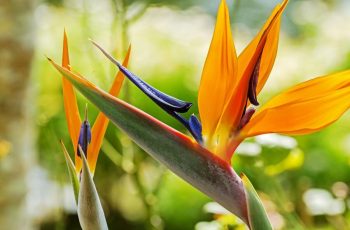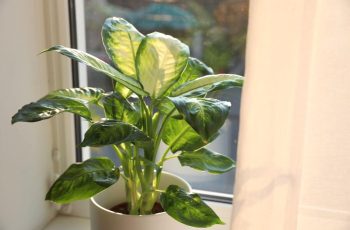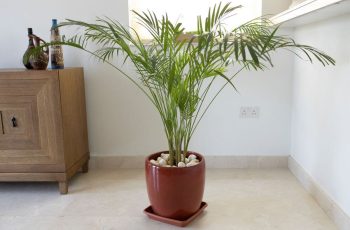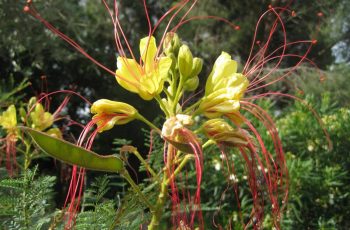African Violets, scientifically known as Saintpaulia ionantha, are beloved houseplants recognized for their vibrant, velvety flowers that bloom in various colors, including purple, pink, and white. These compact plants can thrive indoors with the right care, making them a popular choice for plant enthusiasts.

Key Care Tips for African Violets
- Light Requirements: African Violets flourish in bright, indirect light, ideally around 1000-foot candles. Place them about three feet from a south or west-facing window to avoid harsh direct sunlight, which can scorch their leaves. They require 8-12 hours of light daily, but also need a period of darkness for optimal blooming.
- Temperature and Humidity: These plants prefer temperatures between 65°F and 80°F, with a slight drop at night to about 65-70°F. Maintaining a humid environment is crucial; misting the leaves occasionally can help. However, ensure that water does not sit on the leaves to prevent brown spots and rot.
- Soil and Watering: Use a well-draining potting mix specifically designed for African Violets, which allows moisture retention while providing good airflow to the roots. Water the plants from below by placing the pot in a shallow dish of water, allowing the soil to absorb moisture while keeping the leaves dry. Typically, watering once a week is sufficient, but adjust based on the soil’s dryness.
- Fertilization: To keep your African Violets healthy, use a balanced, water-soluble fertilizer every 2-4 weeks during their growing season. Look for an NPK ratio of 20-20-20 or 15-20-15, and ensure it contains essential micronutrients like iron and magnesium. Avoid fertilizers high in urea nitrogen as they can harm the roots.
- Pruning and Repotting: Regularly remove dead leaves and spent flowers to encourage new growth and maintain the plant’s health. Repot your African Violets every 1-2 years into a slightly larger pot to promote better flowering. Choose a pot that is just 1-2 inches wider than the current one to prevent overpotting.
- Propagation: African Violets can be easily propagated through leaf cuttings. Select a healthy leaf from the middle of the plant, cut the stem to about 1-1.5 inches, and plant it in a well-draining potting mix. Create a humid environment by covering the pot with a plastic bag or dome, and place it in bright, indirect light. Roots typically form in 3-4 weeks, and new plantlets will appear in 6-8 weeks.
- Pest and Disease Management: African Violets can be susceptible to pests such as Cyclamen mites and Mealybugs, as well as diseases like crown and root rot. Good airflow, cleanliness, and avoiding overwatering can help prevent many issues. If pests are detected, isolate affected plants and treat them with appropriate insecticides.
Final Thoughts
African Violets are stunning houseplants that can brighten your home with their colorful blooms throughout the year. With minimal care—adequate light, warmth, humidity, and proper watering—you can enjoy their beauty without hassle. They are non-toxic to pets and humans, making them safe for homes with children and animals. By providing the right conditions, you can cultivate these delightful plants and enjoy fresh flowers every day.

Growing African Violets not only enhances your indoor space but also allows you to experience the joy of nurturing plants. With the right knowledge and care, these charming flowers will thrive, offering vibrant colors and enriching your living environment all year round.




